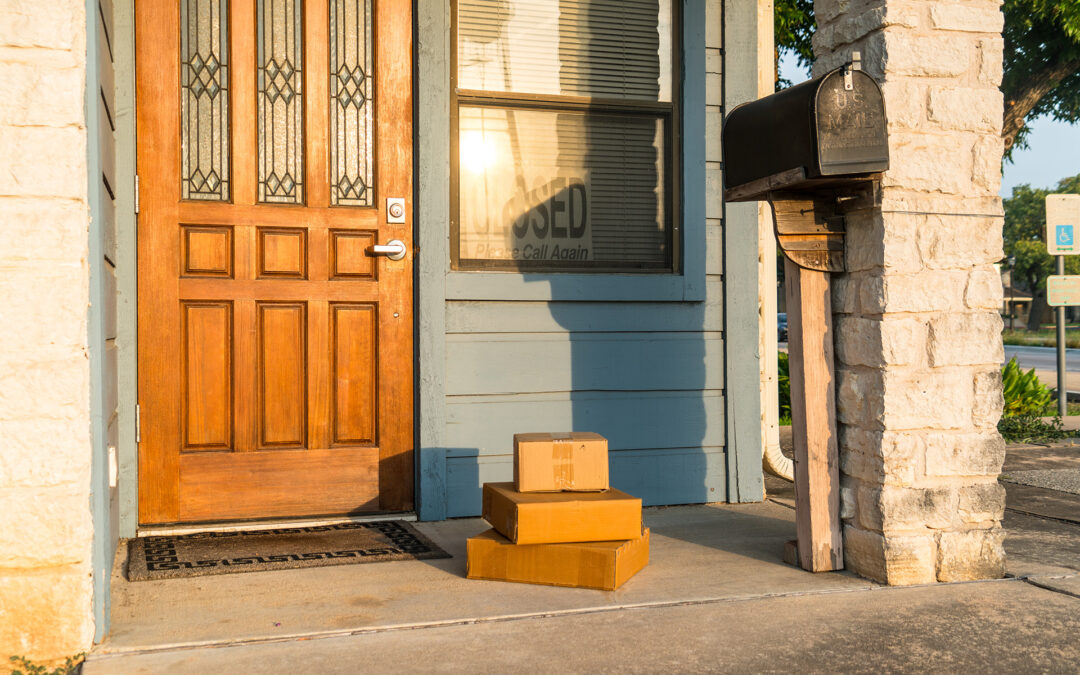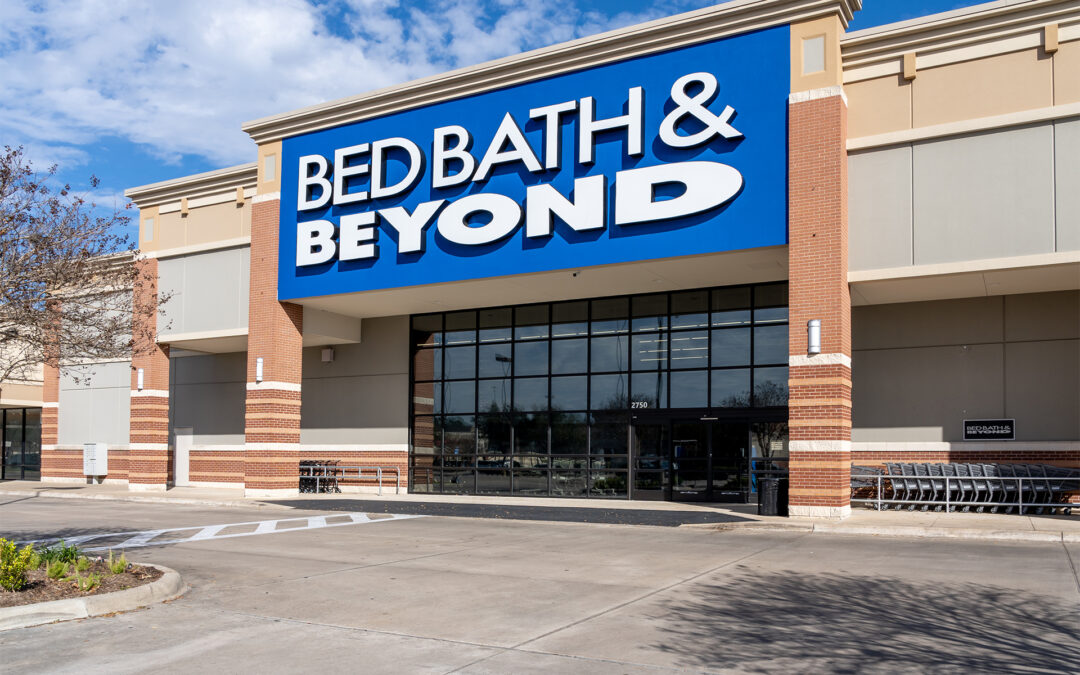Covering categories tracked in NPD’s Point-of-Sale Early Indicator reports, Unser offered an overview of where U.S. retail was during 2020 and thoughts on what retailers might expect as the country begins to come out of the pandemic.
The first stimulus payment in late April 2020 brought U.S. retail back to positive spending growth after four weeks of negative growth as consumers grew used to the reality of doing most things— working, schooling, entertaining, cooking – at home, he said. In June, the government moved to debit cards, prompting a spike in retail sales.
The stimulus payment in early January brought an 11% bump to retail the week of January 9 according to NPD point-of-sale data, and Unser said he expects another direct effect at retail when the next stimulus is received in the next few weeks.
Technology products were strong throughout the stimulus payment spikes, followed by home and softlines.
Based on 52-week data from NPD and Nielsen, accounting for $2 trillion in consumer spending, disruption from the pandemic began the weeks of March 7 and 14, when spending spikes of 24% and 27% respectively were largely driven by CPG, with runs on cleaning products, toilet paper and other home essentials, Unser said. That was followed by a four-week drop-off driven by non-foods and general merchandise before regaining a steady stream of positive growth over the previous year.
Removing food service from the equation, Unser said it is estimated that $100 billion in 2020 shifted from other places to CPG and general merchandise retail (not including home improvement and furniture). “This is a huge shift in dollars that came into U.S. retail. One question we get asked is at what point does some of that shift back, does it sustain or are these new demand levels?” Unser said.
Holiday spending also was affected during the pandemic, changing from the traditional Black Friday to Christmas Day calendar to an elongated period that NPD reports began the week of October 17, based on products purchased during Amazon Prime Days and other deal days that were held then, Unser said. While Black Friday year-over-year sales were down significantly in 2020, holiday spending was actually up 3% as measured for the elongated period, he noted.
NPD predicts recovery will come in four stages: Stage 1 mid-spring; Stage 2 fall; Stage 3 September and Stage 4 November; and is measured against metrics including vaccine reach, unemployment rate, back to school, work from home rates, stimulus spending, experiential spending, restaurant recovery, lifestyle pillars, online vs B&M spending, urban renewal, travel & tourism and regional recovery.
In preparation for an upcoming recovery, Unser offered retailers several points to consider:
- Impact of the vaccine on retail and other spending.
- What happens as spending comes back into experiences tracking retail spend, as discretionary spending will shift away from retail money?
- Direct to consumer momentum — the consumer has spoken and likes to buy directly from manufacturers.
How do you maintain traditional retail channels? This is an interesting hybrid to watch, Unser said.
- Retailers need to sharpen the value propositions for vendors. This is the antithesis of brand marketing directly to the consumer. Figure out what value each channel brings, including direct channels, Unser said.
Watch it Now!
Subscribe to our mailing list to view Connect Spring - Spring Session Videos now!





